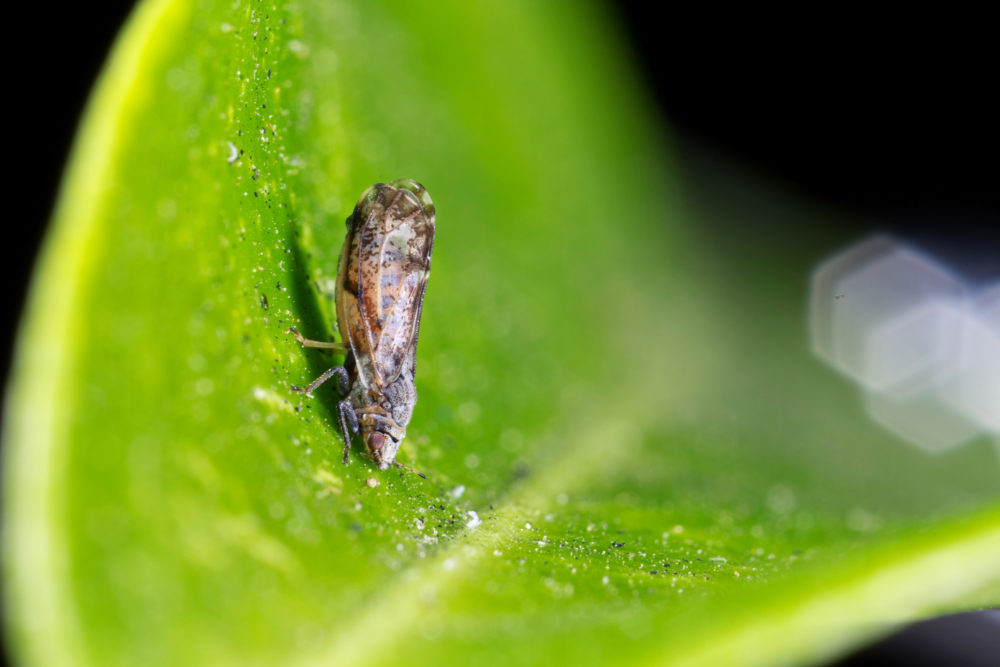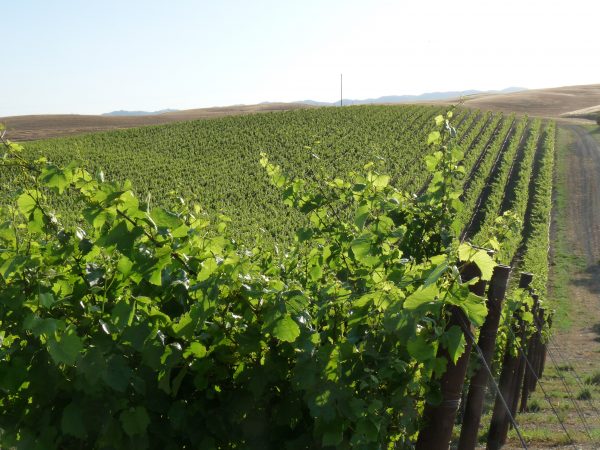FFA Student is Great Reporter
Hughson FFA Student Thrives on Agriculture
By Patrick Cavanaugh, Farm News Director
California FFA Association, a high school youth leadership and career development organization, is very dynamic in the state. FFA chapters are located throughout the state’s agricultural areas. We had a conversation with Michelle Borges, a sophomore at Hughson High School. She is an active member of the Hughson FFA and serves as the 2016-17 FFA Chapter reporter.
“My job is publicizing the FFA to everyone in the community. I write articles to the local newspapers. I’m in charge of the social media for Hughson FFA. Basically any radio broadcast, television broadcast, anything like that to get the word out about FFA,” Borges said.
Borges was also active in the 4-H starting at age five. She raised and sold goats, and she is devoted to California agriculture to this day. “One of the reasons why I love agriculture is because both my parents work in the agriculture industry. Both my brothers were super involved in the FFA, so I was kind of born into it,” she said.
Borges noted that while her family does not farm, they are involved in agricultural education. “My dad is the Dean of Agriculture at Modesto Junior College, and my mom used to be an agriculture teacher in high school, but now she teaches junior high,” she said.
While still in high school, Borges wants to continue pursuing her passion for agriculture. “When I grow up, I want to be an animal nutritionist. I’m really interested in nutrition for animals and I have also raised goats. . . ‘Seeing them grow up and then selling them. That whole project; it is really interesting to me. Also, with FFA, there’s a lot of public speaking competitions and I really enjoy public speaking in front of a crowd,” she said.
To hone her skills for that animal nutrition career, Borges plans to go to Cal Poly, San Luis Obispo, after she graduates from high school.







 In a ingenious effort to control the spread of the psyllid, t
In a ingenious effort to control the spread of the psyllid, t





























